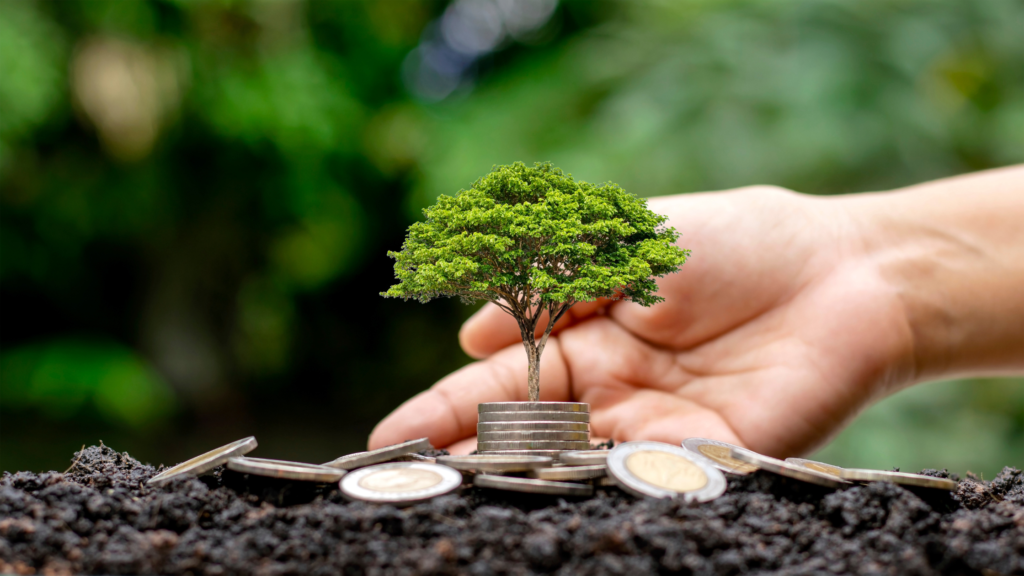How Agrivigor Is Restoring Soil Health
Soil degradation is an invisible crisis undermining food systems in the tropics. Beneath the lush landscapes of the Global South, soils are weakening. The result? Reduced crop yields, rising hunger, and a vicious cycle of poverty. But amidst the challenge, companies like Agrivigor are pioneering science-based interventions to regenerate tropical soils and ensure long-term agricultural sustainability. This article takes a deep dive into how Agrivigor is restoring soil health that has been damaged for decades, empowering farmers, and positioning itself as a climate-smart champion in tropical agriculture. The Scope of the Crisis: What Is Soil Degradation? Soil degradation refers to the decline in soil quality caused by improper land use, poor agricultural practices, and climatic pressures. In the tropics, this phenomenon manifests through: Nutrient depletion Soil erosion Loss of organic matter Soil compaction Acidification and salinization Shocking Stats to Know: 52% of all agricultural land in sub-Saharan Africa is moderately or severely degraded. The tropics lose an estimated 24 billion tons of fertile soil annually. Crop productivity is declining by as much as 25% in critical tropical zones. This isn’t just a technical issue. Soil degradation strikes at the heart of food sovereignty, climate resilience, and rural economic development. Agrivigor: A Vision for Regenerative Agriculture Founded by agronomists and soil scientists passionate about sustainable change, Agrivigor has carved a unique niche in tropical agriculture. Its model integrates cutting-edge microbial science, local ecological knowledge, and farmer-first programming. Agrivigor’s threefold mission is clear: Restore soil health using bio-based technologies Boost yields without synthetic inputs Strengthen climate adaptation for smallholders By delivering results at both the farm and ecosystem level, Agrivigor offers a holistic alternative to extractive agricultural practices. Innovations That Set Agrivigor Apart 1. Next-Gen Biofertilizers Agrivigor’s portfolio is built on microbial products that revitalize the soil microbiome: BioRestore™: Contains nitrogen-fixing Rhizobia, phosphate-solubilizing Bacillus species, and organic matter boosters. MycoVigor™: A fungal inoculant that improves root-soil synergy, enhancing drought resilience. CarbonShield™: A biochar-based soil amendment that sequesters carbon and boosts microbial activity. Unlike chemical fertilizers, these products improve soil health over time, making them ideal for long-term land use in tropical climates. 2. Digital Soil Intelligence Tools Agrivigor’s AI-powered platform offers: Soil diagnostics via satellite and drone mapping Customized soil restoration protocols Farmer dashboards that recommend crop rotations and input schedules This digitization helps farmers make data-driven decisions—often for the first time in their lives. Grassroots Impact: Stories from the Field Uganda’s Highland Bean Farmers Soil acidity and erosion had reduced bean yields by nearly 40% in Uganda’s highlands. Agrivigor worked with local cooperatives to distribute lime-based biofertilizers and train farmers in contour planting. Results: Within one season, average yields jumped by 60%. Soil pH stabilized, making farms more productive. Farmers began organizing bulk sales, increasing incomes by 35%. Indonesian Palm Oil Transition In Riau, Indonesia, smallholder palm plantations faced harsh soil degradation and regulatory pressure. Agrivigor introduced regenerative cover crops, organic composting, and MycoVigor™. Outcome: Palm yields remained stable, but environmental impact decreased significantly. Farmers diversified into cocoa, enabled by improved soil health. Educating and Mobilizing a Farmer Army Agrivigor’s strength lies not just in its products, but its community-building model. Through farmer field schools, demonstration farms, and peer-to-peer knowledge exchange, Agrivigor trains: Extension agents Youth agricultural workers Women-led farming groups As of 2025, over 40,000 farmers across 9 countries have completed Agrivigor’s Soil Stewardship Program. This grassroots approach ensures sustainability, building a culture of soil responsibility from the ground up. Climate Action and Carbon Sequestration Healthy soils don’t just grow food—they store carbon. Agrivigor is working with carbon credit platforms to measure and monetize soil carbon sequestration for smallholders. By 2026, Agrivigor aims to: Register 50,000 hectares under verified carbon protocols Help farmers earn revenue from regenerative practices Contribute to climate mitigation goals across Africa and Southeast Asia This not only enhances environmental outcomes but increases income diversity for vulnerable communities. Public-Private Partnerships and Policy Impact Agrivigor is also shaping the policy agenda. Through collaborations with: USAID’s Feed the Future Africa Soil Information Service Ministries of Agriculture in Ghana, Kenya, and Nigeria …Agrivigor is embedding regenerative soil health principles into national extension programs. The company provides technical advisory, policy white papers, and impact data to help governments rethink agricultural subsidies and land use policies. Looking Ahead: Scaling with Equity Agrivigor’s future goals include: Reaching 1 million smallholders by 2030 Opening local production hubs for biofertilizers to reduce cost and increase access Launching a soil health certification program for regenerative farms Collaborating with universities to train the next generation of soil scientists By focusing on equity, accessibility, and scientific rigor, Agrivigor is poised to become a transformative force in tropical agriculture. Bottom Billion’s Commitment to Soil, Farmers, and the Future At Bottom Billion, we recognize that soil regeneration is more than an agricultural trend—it is a global necessity. That’s why we support and spotlight ventures like Agrivigor that are tackling degradation at scale while uplifting the most vulnerable farmers. Are you an investor looking to fund high-impact agricultural innovations? A policymaker seeking evidence-backed solutions for rural development? A development partner aiming to scale climate-smart practices? 👉 Partner with Bottom Billion today. Let’s fund the future of food, starting from the ground up. Contact us to learn how we can collaborate to create resilient, productive, and equitable agricultural systems across the tropics.
How Agrivigor Is Restoring Soil Health Read More »





